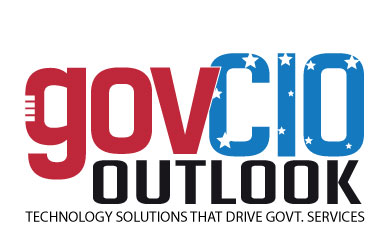Welcome back to this new edition of Gov CIO Outlook !!!✖
September - 20189GOVERNMENT CIO OUTLOOKWith this goal in mind, the City of San Leandro is launching a new partnership with CryptoMove, a Silicon Valley startup funded in part by the Department of Homeland Security's Silicon Valley Innovation Program. This engagement will analyze how to harden and secure the City's network, including its smart street light IoT network and data infrastructure.The white hat community, meanwhile, has shown it can be a good civic technology partner. For example, an ethical hacker in Dallas, Texas set off 146 security sirens to alert public officials of the security vulnerability.Collaborate and Learn from Each Other The most pressing problems we face are not confined to municipal boundaries. To develop meaningful solutions, Government CIOs will need to break down inter and intra organizational silos and partner both with each other and the private sector.The Global City Teams Challenge, a program developed by the National Institute of Standards and Technology (NIST), is an exemplary model of collaboration. It brings together stakeholders from federal, state, and local governments throughout the United States, with international governments, the non-profit and academic communities, and the private-sector, all working in a non-commercial environment, to develop and publish reports on real-world, practical smart city solutions. This unprecedented level of partnership helps government organizations build off each other, shortening the innovation cycle by identifying the factors that lead to successful outcomes.Build Strategic Private Sector PartnershipsWhile entrepreneurs take risks, improving things, achieving incremental and sometimes breakthrough successes, this fail-fast ethos of Silicon Valley doesn't always translate to governments, who aren't positioned to use their limited, taxpayer budgets to fund it. However, cities are starting to learn how to mitigate these risks, creating ways to innovate safely. It turns out this focus on innovation is perfectly timed as private firms are eager to find the product/market fit for smart city tech.Thus, strategic public-private partnerships can effectively transfer some of the financial risk from governments to private partners, who absorb it in exchange for the potential of gaining future market share. A great example of this model is the Startup-in-Residence (STIR) program, spearheaded by the City & County of San Francisco, CA. Startups participate at zero cost to participating cities, and only after a successful prototype is developed is a long-term contract potentially negotiated. Government CIOs can use such a model to test new innovations without risking failure in ways that damage their organizations (and careers).When CIOs become early adopters, they go beyond transactional vendor relationships and can influence the solutions they will eventually procure.Create a Culture of InnovationFor all the promise of the technology in cities, one of the most important aspects will be the digital transformation of government institutions themselves. CIOs can drive this by embracing user-centric design, keeping a relentless focus on user experience. Ultimately, the public wants to interact with governmental services the same way they do with Starbucks these days through a mobile app and a convenient user experience. Government CIOs can lead this transition by deploying solutions that meet these expectations.Thanks to strong and supportive leadership from the City Council in San Leandro, CA, who have made it one of their core goals to transform the city into a center for innovation, we have made significant progress toward that laudable ambition. By defining success on their own terms, managing cyber risks, partnering regionally and nationally, learning from each other, and driving digital transformation, government CIOs all over the world can usher in the Smart City revolution. Government organizations can vary greatly and, for this reason, a one-size-fits-all approach to defining smart cities doesn't work.Tony Batalla
< Page 8 | Page 10 >
< Page 8 | Page 10 >
